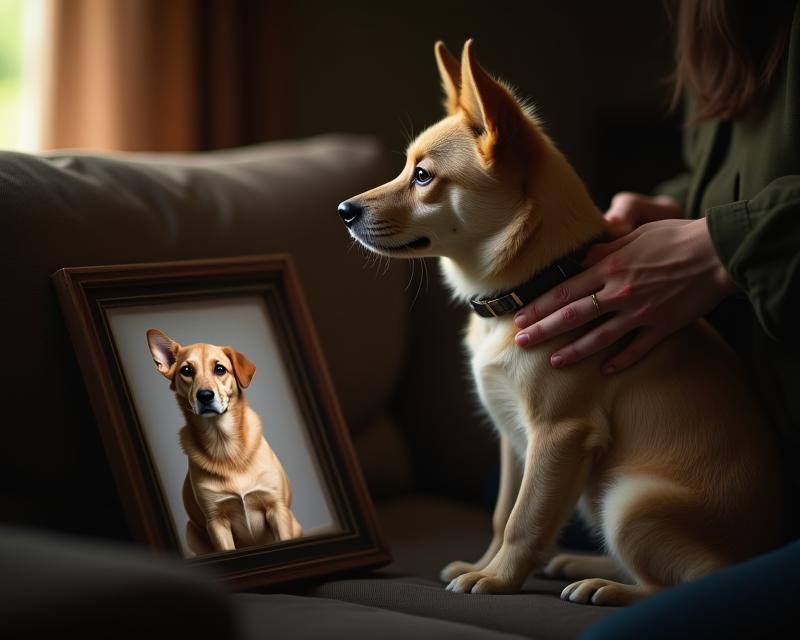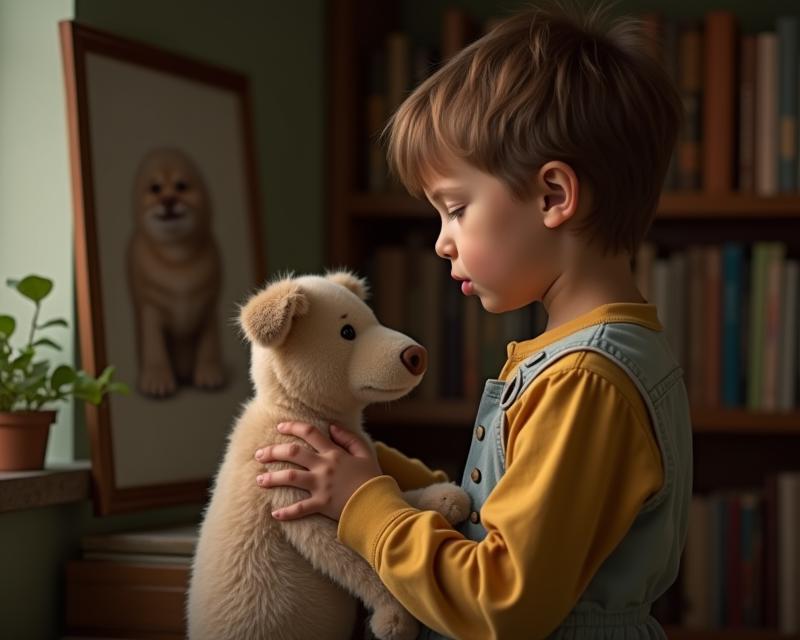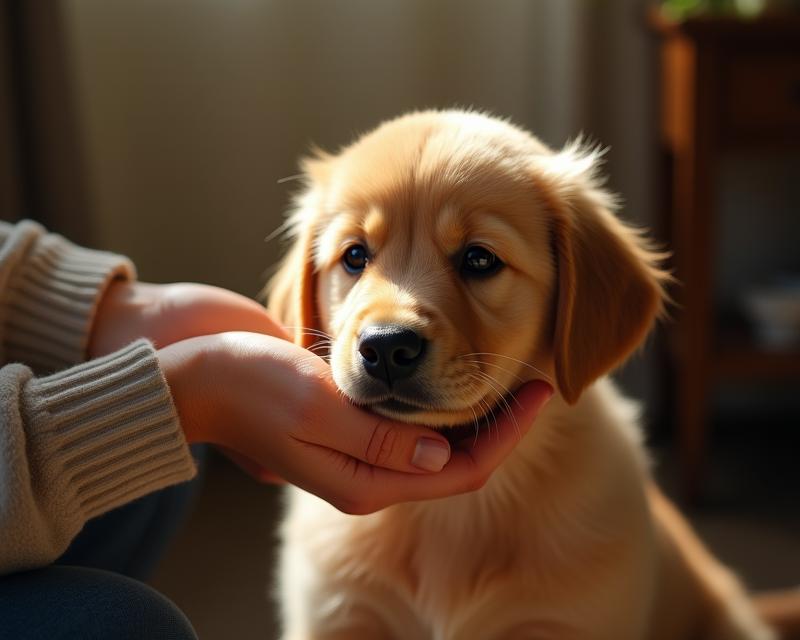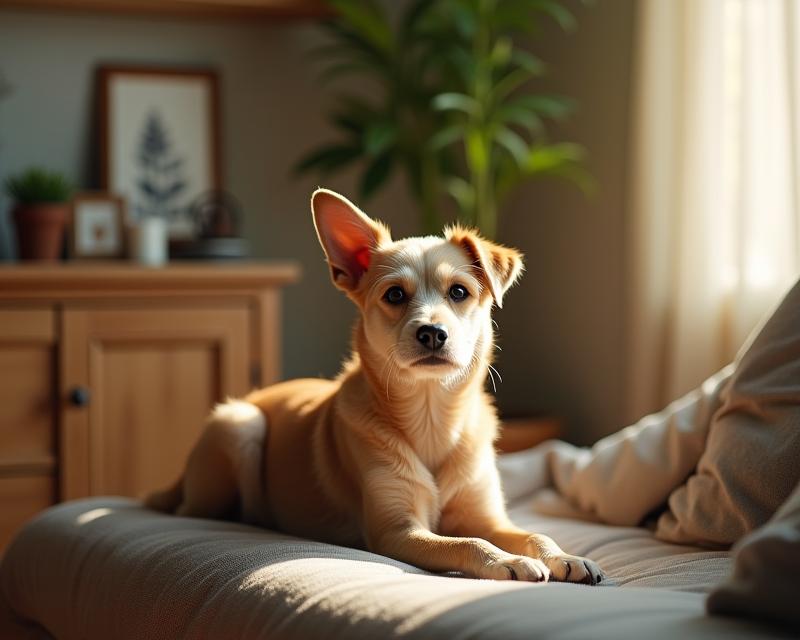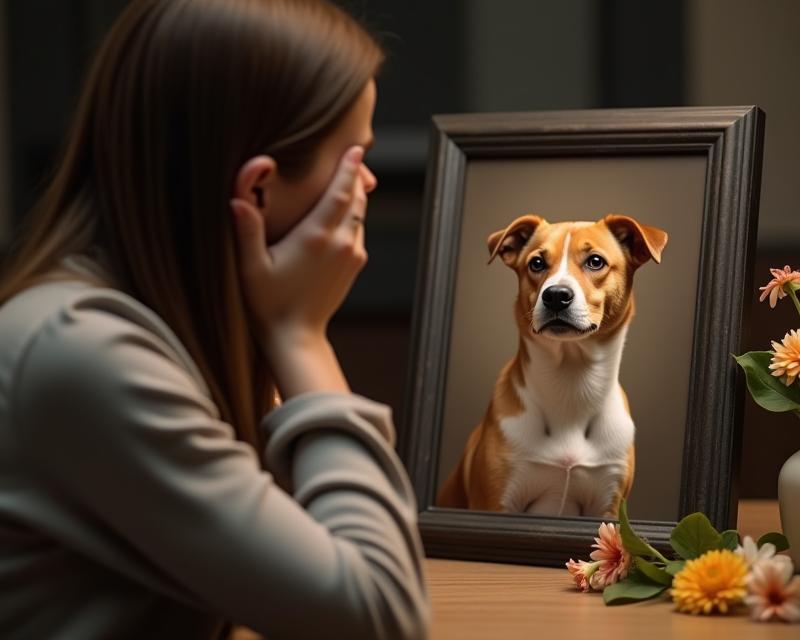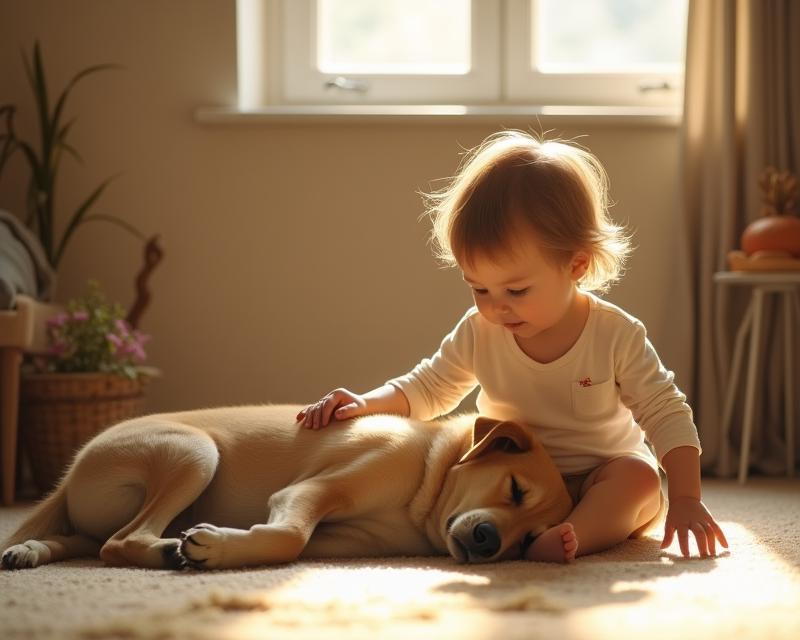Calming Canines: Desensitizing to Loud Noises
Publish in General Care el 28/06/2025 18:48
Desensitizing Your Dog to Loud Noises: A Guide for Calm Canines
Bringing a new dog home, or even just having a dog who's easily startled, can be stressful. Quarantine spaces, or even just everyday sounds like thunderstorms or fireworks, can trigger anxiety. But don't worry! With a little patience and a consistent approach, you can help your furry friend become less reactive to loud noises through desensitization.
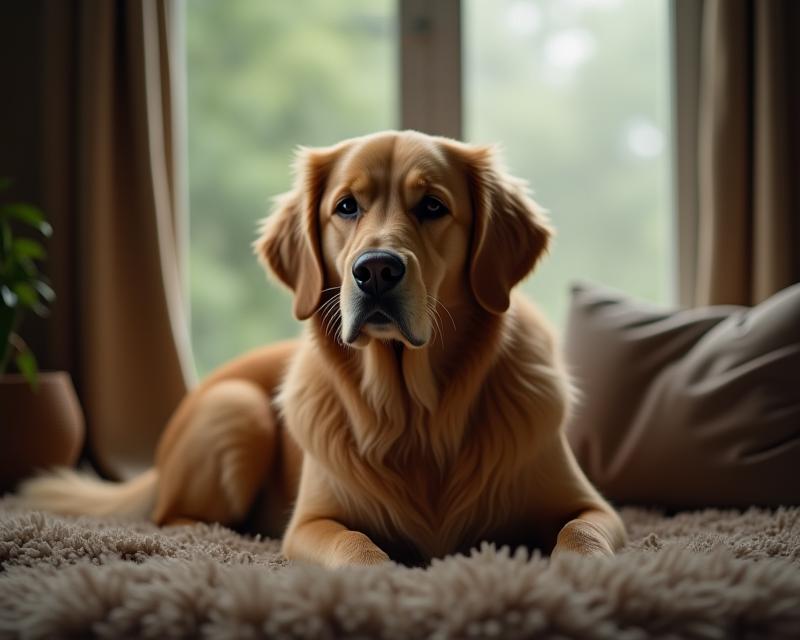
What is Desensitization?
Desensitization is a gradual process of exposing your dog to a frightening stimulus at a very low intensity – a level that *doesn't* cause a reaction. Over time, you slowly increase the intensity, helping your dog learn that the sound isn't a threat. It's all about building positive associations!
How to Desensitize Your Dog
- Identify Triggers: What sounds set your dog off? Thunder, fireworks, traffic, construction? Knowing the specific sounds is the first step.
- Start Low & Slow: Find recordings of the trigger sound (you can find many on YouTube or Spotify). Play the sound at a *very* low volume – so low that your dog barely notices it.
- Positive Reinforcement: While the sound is playing, engage your dog in a fun activity they love – playing fetch, giving treats, or gentle petting. The goal is to create a positive association with the sound.
- Gradual Increase: Over days or weeks, *gradually* increase the volume of the sound. Only increase it when your dog remains relaxed and shows no signs of anxiety. If they show anxiety (panting, pacing, trembling, hiding), lower the volume immediately.
- Consistency is Key: Practice short sessions (5-10 minutes) several times a week. Consistency helps your dog learn and adapt.
Important Considerations
Never force your dog to confront a sound they're terrified of. This can worsen their anxiety. If your dog has severe anxiety, consult with a veterinarian or a certified professional dog trainer. They can help you create a tailored desensitization plan and rule out any underlying medical conditions. Remember, this process takes time and patience. Celebrate small victories, and focus on creating a calm and safe environment for your dog.
Creating a Safe Space
While desensitization is happening, ensure your dog has a safe space to retreat to during loud noises. This could be a crate, a quiet room, or under a bed. Make sure this space is comfortable and stocked with familiar items like a favorite blanket or toy. Never punish your dog for being scared – this will only make the anxiety worse.
Remember to always prioritize your dog's well-being and consult with a professional if needed.